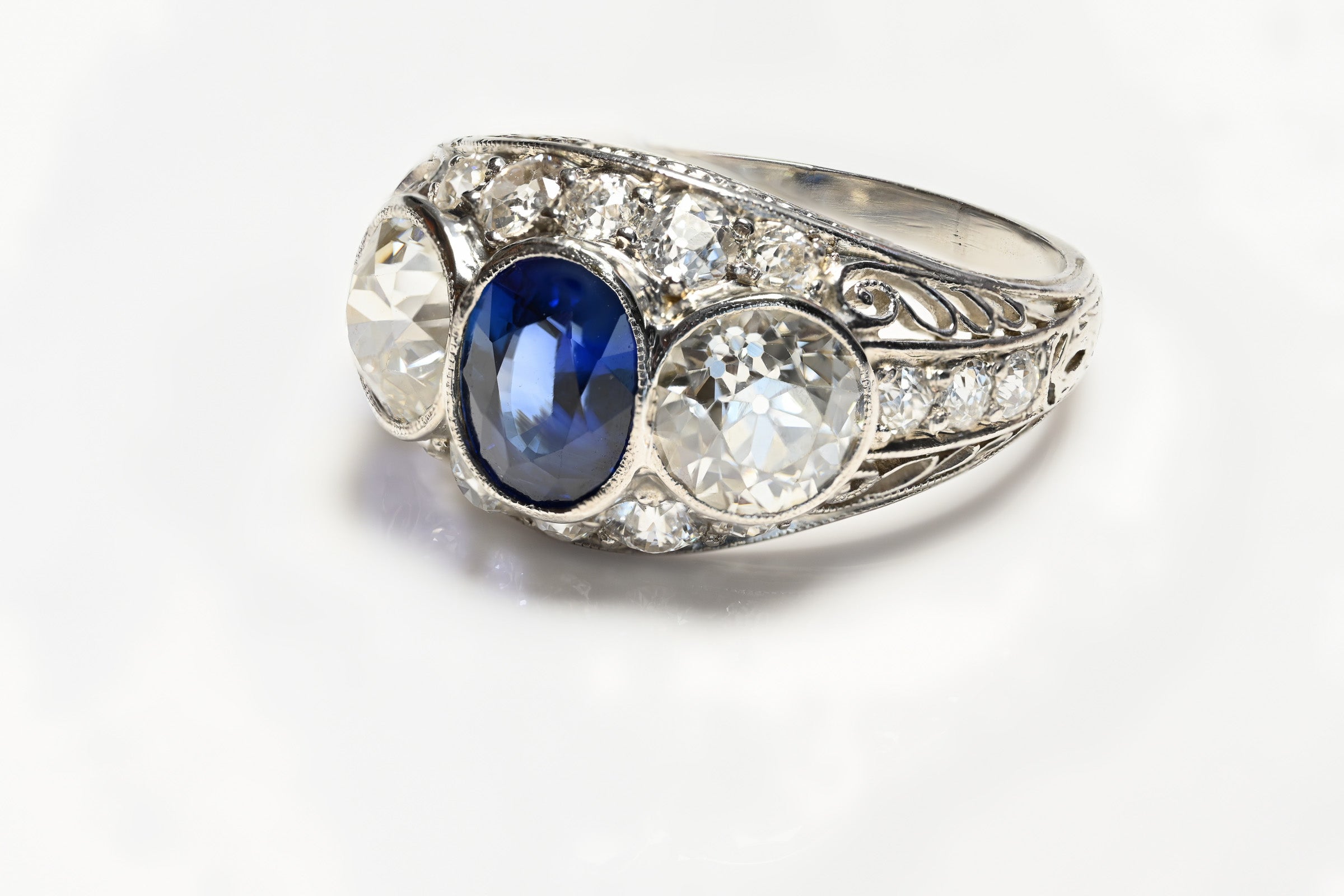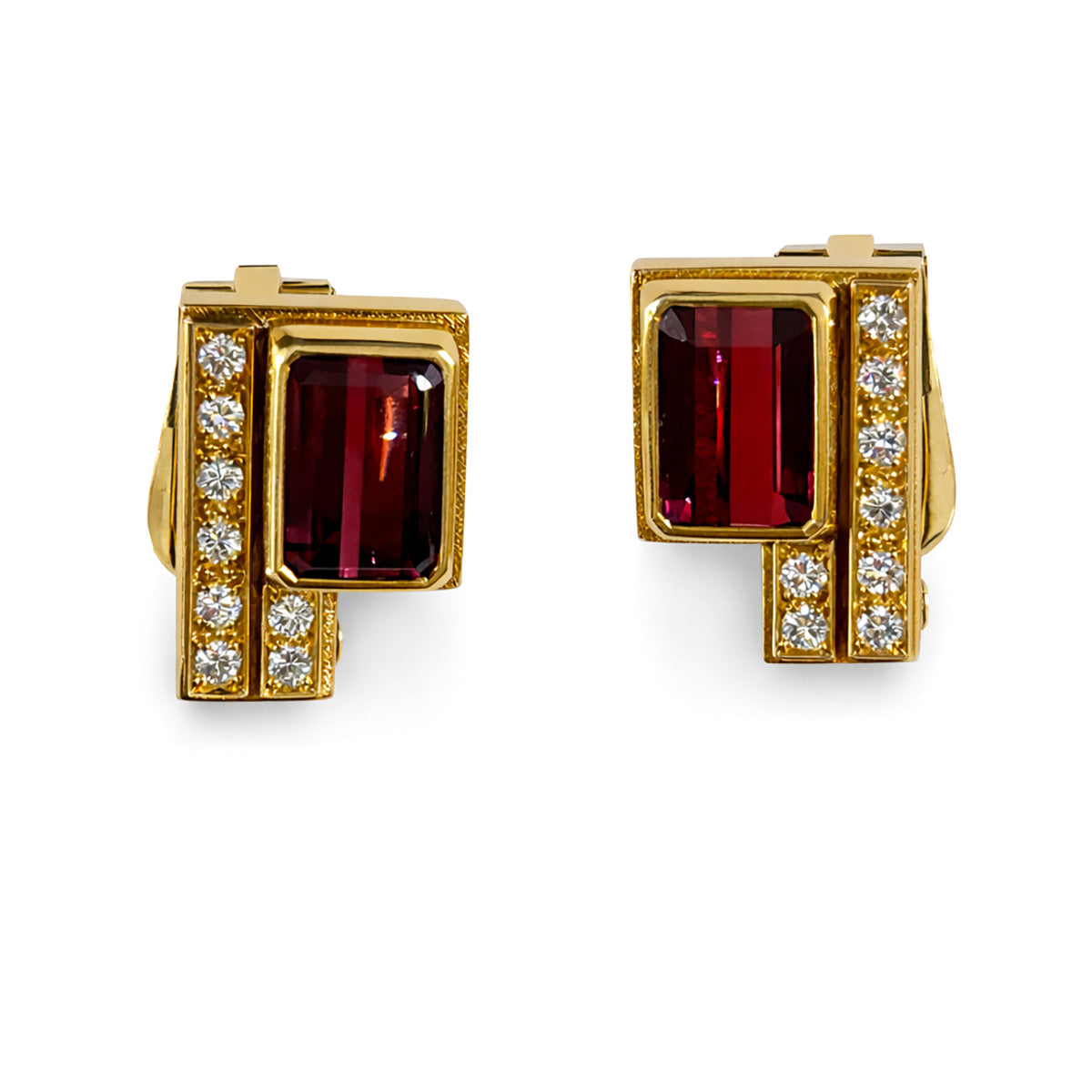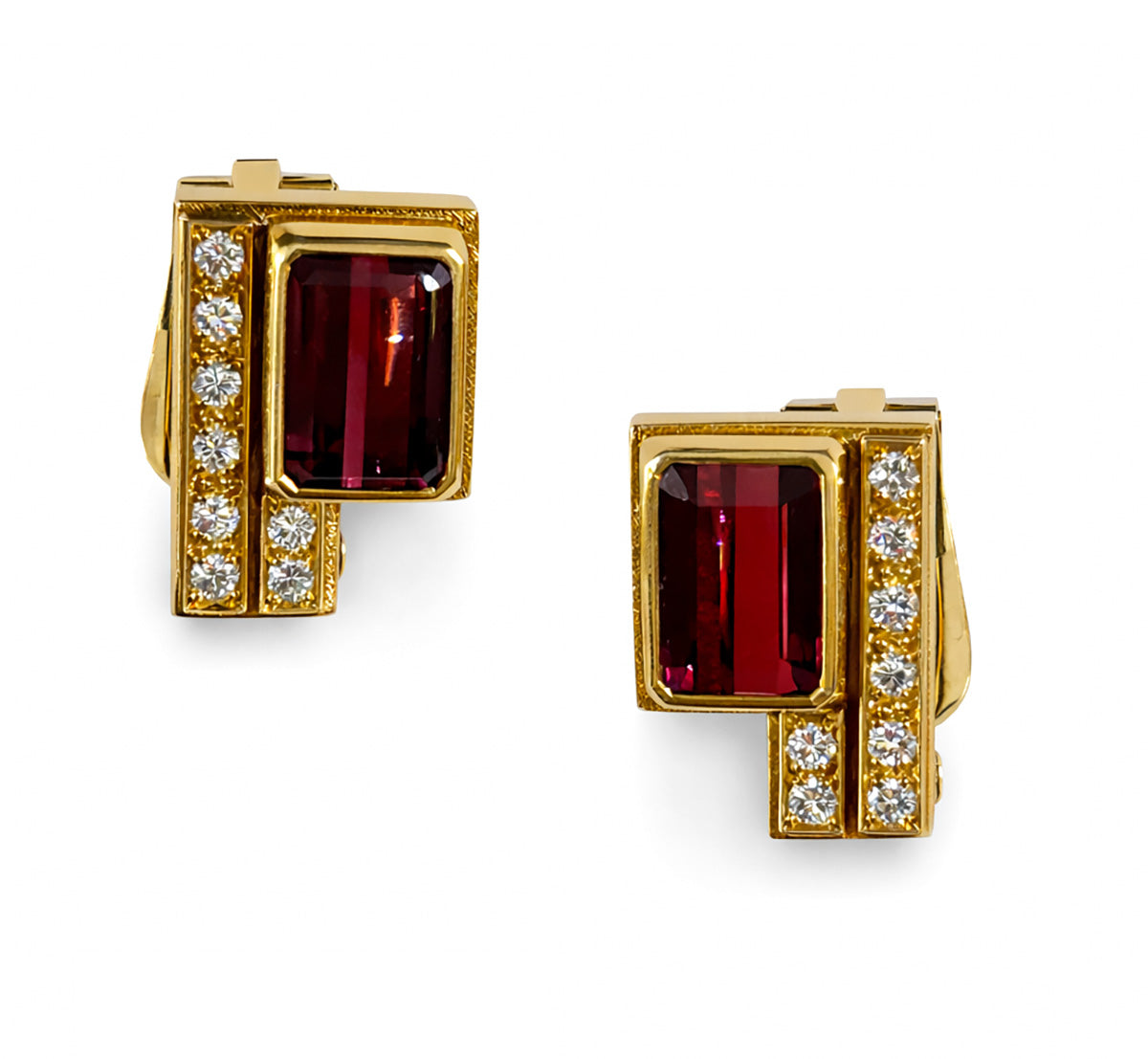The Black Prince's Ruby - A Famous Gem With a Dynamic & Dramatic Past
One of the most well-known jewels among the British Crown Jewels is arguably the Black Prince's Ruby. The fact that the stone is neither a ruby nor black, despite its name, contributes to its increased notoriety.
The gem is named after Edward of Woodstock, Prince of Wales, dubbed the "Black Prince." It has been in the possession of England's rulers since it was given to them in 1367.
The Black Prince's Ruby
The Black Prince's Ruby, among the oldest jewels in the Royal Collection of Crown Jewels, is actually a spinel. Spinel is a gemstone that resembles a ruby in color but differs in structure and chemical composition.
It's among the world's largest red spinels of gem quality.
Large and irregular, weighing 170 carats (34 g), the Black Prince's Ruby is currently placed just above the Lesser Star of Africa, popularly known as the Cullinan II, one of the biggest polished diamonds in the world, in the cross pattée at the front of the Imperial State Crown.
In fact, fine red spinel is thought to occur less frequently than rubies and is often much more precious.
For decades, the royal gem was mistaken for a ruby because most red clear gemstones were simply assumed to be "rubies." The fact that the Black Prince's Ruby is actually red spinel was discovered only thanks to scientific advancements in the field of mineral sciences.
Although ruby (corundum) and spinel have many physical characteristics in common, ruby can be identified from spinel by its density and hardness. Compared to spinel, ruby is a little denser and tougher.
Like most other gemstones, rubies are dichroic, but spinel is singly refractive—an optical characteristic that is rather uncommon and only present in a few well-known gem types, such as diamonds and garnets.
On their route from east to China and west to the Middle East, traders on the Silk Road passed through Badakhshan before continuing on to Africa and Europe. As they moved across continents, they bought and traded spinels. The Badakhshan region and its balas rubies were referenced in writing by the renowned Italian merchant Marco Polo.
Act of Deceit
It takes a deceitful act to begin the legend of the Black Prince's Ruby.
First documented in 1366, when it belonged to Abu Sa'id, the Moorish Prince of Granada in modern-day Andalucía, Spain, it is said that the Black Prince's Ruby originated in a mine in Kuh-i-Lal, Tajikistan. After Mohammed, his brother-in-law, was deposed by Sa'id, he took refuge with Leon, the King of Castile, and Léon.
This occurred during the Reconquista when the Christians drove the Moors from their lands in Iberian territory. When Abu Sa'id arrived in Seville, the king had him and his friends killed and their jewels seized. Abu Sa'id was supposedly invited by Peter to Seville to engage in negotiations.
Soon after, Peter sought refuge in the Bordeaux court of Edward of Woodstock, the Prince of Wales, dubbed The Black Prince, after being threatened by a rebellion headed by his brother Henry of Trastamara. After Henry lost the Battle of Nájera in 1367, Peter sent Edward the ruby as compensation. From that point on, the British monarchs retained most ownership of the ruby, albeit not without risk.
Although the Ruby vanished from historical records until 1415, it is believed that the Black Prince returned it to England at that time.
The Black Prince's Ruby was one of the gems studded on Henry V of England's helmet during his campaign in France. The French Duke of Alençon struck Henry on the head with a battleaxe on October 25, 1415, during the Battle of Agincourt, almost causing Henry to lose both his life and the helmet.
The Black Prince's Ruby was spared, and Henry's men prevailed in the conflict. It is believed that Richard III, who was killed at the Battle of Bosworth in 1485, wore the gem in his helmet during that confrontation.
The Tudors
The pattern of monarchs passing away from unexplained diseases or bad luck in war carried on for numerous generations until the ruby ended up in the Tudors' hands.
After the Tudors inherited the Black Prince's Ruby in the sixteenth century, the jewel experienced a period of relative peace. The ruby was given to Queen Mary of Scots by Queen Elizabeth I, and when the Stuart dynasty ascended to the English throne in 1603, King James I received it.
But in the years that followed the trade, there was another setback when Charles I, the son of King James, was put to death during the Civil War and the Crown Jewels were auctioned off.
"A great balas ruby"—believed to be the Black Prince's Ruby—is mentioned in Henry VIII's inventory of 1521. The jewel was placed in the Tudor Crown, and it stayed there throughout Oliver Cromwell's reign in the seventeenth century.
Apart from the Coronation Chair and a few other items, Cromwell ordered the Crown Jewels, which served as the primary symbols of the king's authority, to be dismantled and sold. The gold was then melted down and turned into coins.
It is unclear what happened to the Black Prince's Ruby, which was valued at £4 (or £673 in 2023) at the time, but Charles II regained ownership of it in 1660 when the monarchy was reinstated.
Queen Victoria was crowned in 1838 wearing a brand-new Imperial State Crown that Rundell and Bridge had custom-made for her. The crown included 3,093 stones total, including a spinel at the front.
In the official coronation portrait taken by Sir George Hayter, the Queen is plainly seen wearing the Black Prince's Ruby in the Imperial State Crown. This was recreated into the current, lighter crown in 1937. The history of the crown is honored on a plaque on the gemstone's back.
In summary, the Black Prince's Ruby is one of the most notorious jewels in English history not only because of its splendor but also due to the lengthy history of bad luck associated with the stone.

















